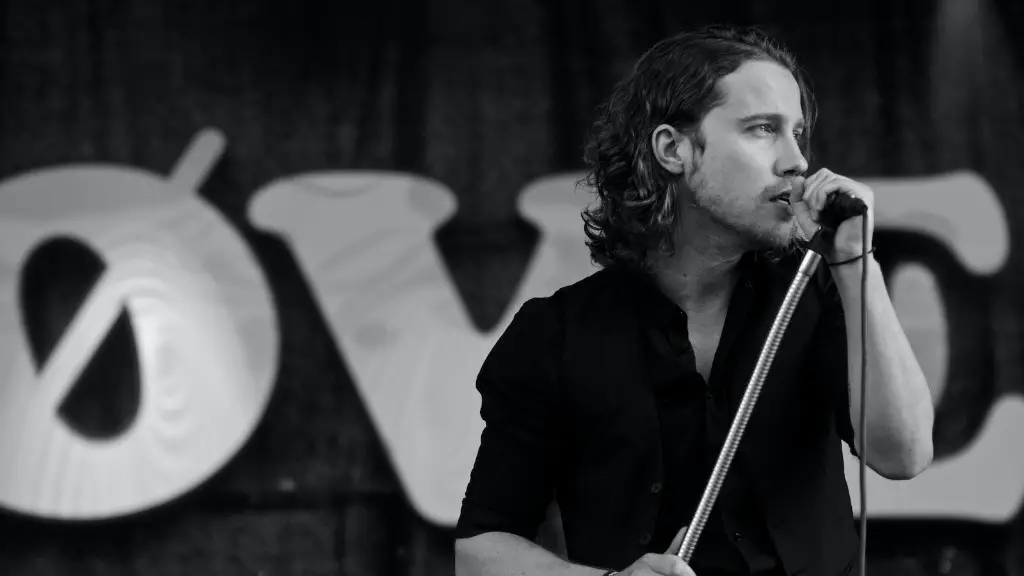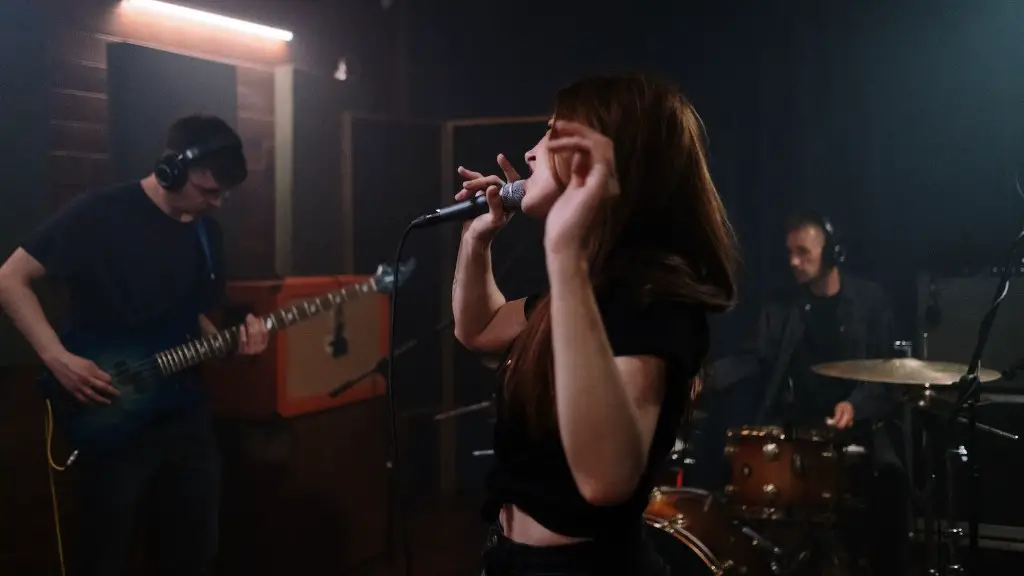Part 1: Basics Of Anime
Creating an anime character doesn’t have to be a daunting task, with a few simple steps it is doable for even the most novice of artists. Anime is an intricately detailed art style, with distinct facial features and body types that sets it apart from other styles. It’s unique style helps it stand out when you see it in the wilds of the real world or on the biggest screens. Animators put in hundreds of hours of work perfecting each character and getting them just right, so drawing an anime people is a rite of passage for any artist looking to join the anime world.
At its core, drawing an anime people is just like drawing any other art style. You start with the basics: anatomy, facial features, hair and clothing. Learn the basics and you’re ready to tackle more complex elements like realistic poses and anatomy. When it comes to drawing an anime person, having a vision and translating it into art is no easy task. But if you have a strong foundation in the basics, you’ll have everything you need to create an incredible work of art that looks professional.
Anime characters are often seen with distinct facial features: large eyes, small noses, lush lips, and very defined jawlines. In terms of proportions, anime people’s bodies tend to be much longer and thinner than those of other popular art styles. When creating them, try to emphasize the parts of the body that aren’t usually present in real life. For instance, draw the character’s shoulder blades and back muscles a bit more pronounced, and extend the arms further down and out. As with any artwork, practice is essential. Start with tracing over existing images expressing and over time, you’re sure to develop your own style.
Part 2: Different Hair Styles & Face Cuts
One of the main features that differentiate anime people from those of other art styles are the hair. Perhaps the most difficult element to master is the hairline — it needs to follow the face’s natural curves and be thick enough to give the impression of volume, but not so much that it smothers the face. Anime people’s hairstyles range from simple and natural to full-on wild, so you can test out a variety of styles until you find one that looks great. When it comes to face cuts and facial structures, there’s more room for creativity. The most common type of face cut is the heart, but in anime people it’s usually exaggerated and emphasized — think wider eyes, bigger lips, and a more defined chin.
The eyes, too, are a key component. Anime people’s eyes tend to be larger, more expressive, and more defined than other art styles. The more time you spend creating the face, the more realistic it will look. Don’t be afraid to go big and bold with the eyes — anime is all about exaggeration and creating something that pops. As for the eyebrows, you want to create a thick and well-defined line that complements the eyes and the rest of the face.
Hair is also a critical aspect of drawing anime people. Anime characters are traditionally seen with full heads of hair and some of the most common hairstyles include long flowing locks with lots of body, or a more structured approach with sharp edges. The most important part of drawing anime hair is to keep the scalp visible — this adds contrast and dimension to the artwork and gives the viewer a clear idea of what the character’s hair looks like.
Part 3: Clothing & Extra Features
Clothing is another key component in creating an anime people. Many modern anime characters are seen wearing dynamic and vibrant clothes — think bright colors, bold patterns, and statement pieces. Clothing can be a great way to add personality to the character and give them a unique flair. And don’t forget about accessories! Whether it’s a necklace, a bracelet, or a pair of earrings, these details can really complete the look of your artwork and give the character that extra bit of polish.
An anime people can also be defined by their body type. Generally, they tend to be much thinner than in real life, with lithe figures and small waists. The character’s pose is also essential — it has a huge effect on the overall look and feel of the artwork. What’s more, the more time you spend on perfecting the pose, the more realistic the artwork will look. Don’t be afraid to experiment and make mistakes — over time your poses will become more dynamic.
Finally, the use of color is essential when it comes to drawing anime people. Many animations use a limited palette but that doesn’t mean that your artwork has to as well. Experiment with different hues and tones — this will add a whole new level of realism to your artwork and will make it stand out even further.
Part 4: Final Touches
Once you’ve got the basics down, you can begin adding the finishing touches to your artwork. Textures can really take your artwork to the next level and add a layer of realism that can’t be achieved with a few brush strokes. Textures can be added in the form of subtle motifs and patterns — for instance, fabrics with small details like buttons, zippers, and pleats. These details will give the artwork depth and make it look more lifelike.
Another important step when creating an anime people is shading. This is an essential step since it will help to bring the artwork to life and make it look more realistic and natural. Keep in mind that in anime, light sources travel in a gentle circle around the character’s face, neck, and body — this will help give the art a depth that cannot be achieved by just outlining. Lastly, shadows can add an incredible layer of realism. Take time to add shadows in the nooks and crannies of the artwork — this will make it look more 3D and dynamic.
Once you’ve finished the artwork, it’s time to add the finishing touches. Make sure to smooth out any hard lines, brush away any errant pixels, and adjust the size and shape of the artwork until it looks perfect. For an extra level of refinement, consider using special effects like grain and noise. These special effects can take your artwork to the next level and make it look even more realistic.
Part 5: Final Thoughts
Drawing anime people can seem daunting at first, but it’s not as hard as it may seem. With a few basic steps and a strong foundation in the basics, you’ll be able to create professional-looking artwork in no time. Start with focusing on the anatomy, facial features, hair, clothing, and pose of the character — these elements combined will give the artwork that classic anime look that we all know and love.
Once you’ve got the basics down, you can begin adding depth to the artwork with textures, shading, and shadows. And don’t forget to add the finishing touches with special effects and smoothing out the hard lines. Once all of these steps are complete, you’ll be left with a masterpiece that looks both realistic and professional — an artwork that you can be proud of.

